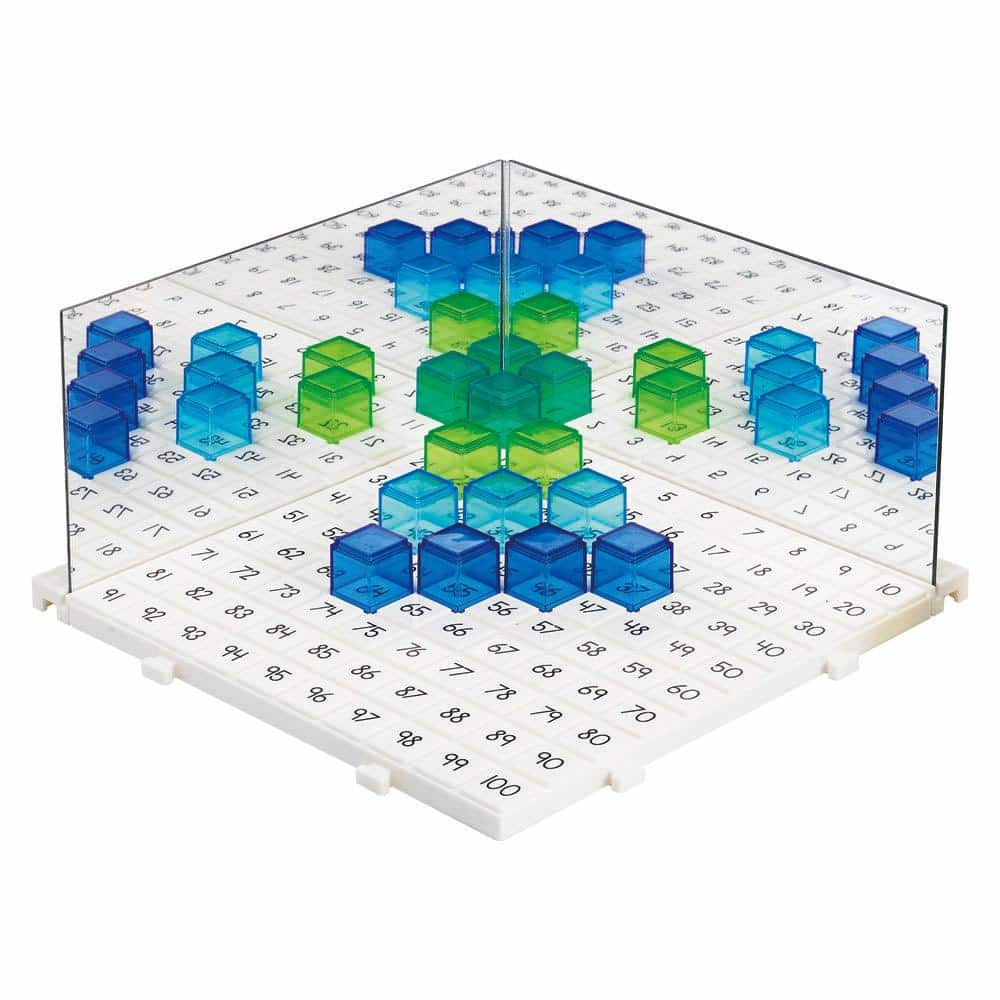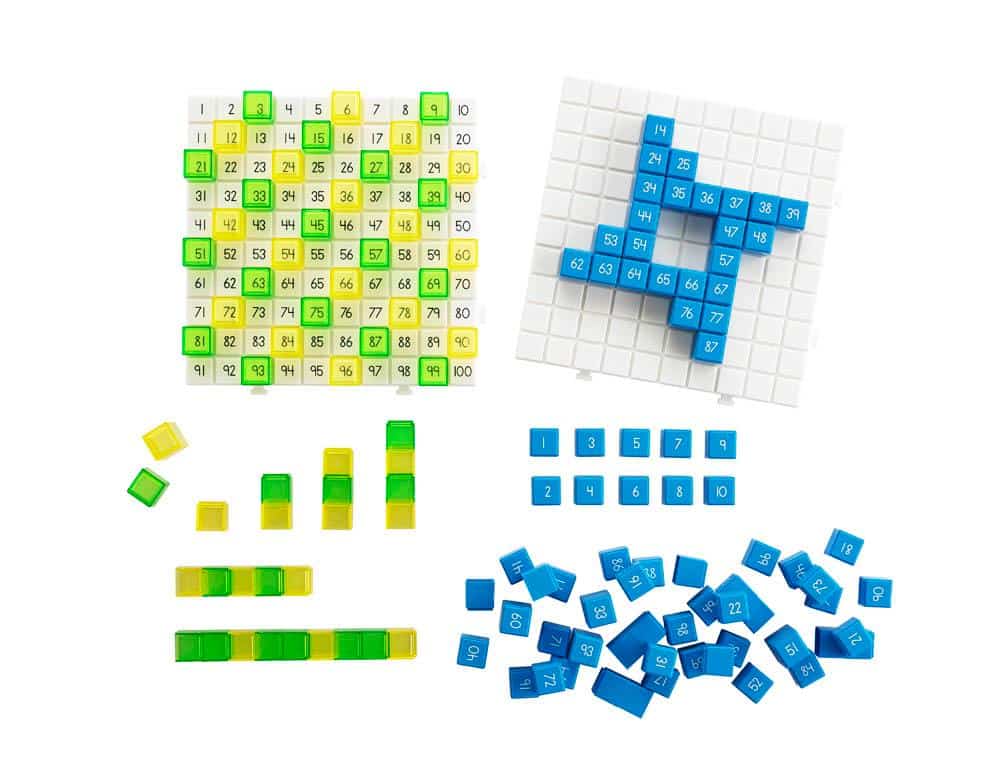The Impact of Toy Packaging on Children’s Preferences
Introduction
When it comes to toys, children are not just captivated by what’s inside, but also by the packaging that encases their beloved playthings. Toy packaging plays a significant role in shaping children’s preferences and influencing their choices. In this blog article, we will delve into the impact of toy packaging on children, exploring how various packaging features influence their preferences and ultimately shape their play experiences.
The Power of Packaging
Toys are not only sources of entertainment and joy for children but also important tools for development, enabling them to learn and explore the world around them. Toy packaging serves as the first point of contact between a child and a toy, making it a powerful influencer of their preferences. Let’s now examine some key packaging features and their impact:
1. Colorful and Eye-Catching Designs
- Captivating colors and designs instantly catch children’s attention and create excitement.
- Bright and vibrant packaging triggers the imagination, conveying a sense of fun and adventure.
- Color psychology plays a role; certain colors can evoke specific emotions and resonate with different age groups.
- Attractive packaging can create a positive association with the toy, generating a desire to explore and play with it.
2. Imagery and Graphics
- Engaging images and graphics on toy packaging can stimulate a child’s curiosity and imagination.
- Visual representations of the toy in action allow children to envision the play possibilities.
- Characters and scenes depicted on packaging can create a connection, fostering emotional attachment and enhancing play experiences.
3. Clear Product Information
- Simple and concise product information on packaging helps both children and parents understand the toy’s features and benefits.
- Age recommendations and educational aspects can guide parents in selecting appropriate toys for their child’s development stage.
- Transparent product information builds trust and reassures parents about the quality and safety of the toy.
4. Interactive and Functional Packaging
- Packaging that can be opened, closed, or transformed into play accessories enhances the overall play experience.
- Interactive packaging engages children in the unboxing process, creating anticipation and adding an extra layer of excitement.
- Functional packaging, such as storage containers or carrying cases, allows children to keep their toys organized and encourages responsible play habits.
5. Branding and Character Appeal
- Familiar branding and well-known characters on toy packaging often attract children, as they connect the toy with their favorite TV shows, movies, or franchises.
- Character-driven packaging can evoke a sense of nostalgia and comfort, making the toy feel more relatable and desirable.
- Brand reputation and perceived value conveyed through packaging influence children’s preferences and parents’ purchasing decisions.
Conclusion
Toy packaging serves as a powerful influencer of children’s play preferences. Colorful designs, engaging imagery, clear product information, interactive features, and character appeal all play vital roles in capturing children’s attention and fostering their desire to play. As marketers and parents, understanding the impact of toy packaging allows us to create more engaging and meaningful play experiences for children, ensuring they have just as much fun with the packaging as they do with the toys themselves.


